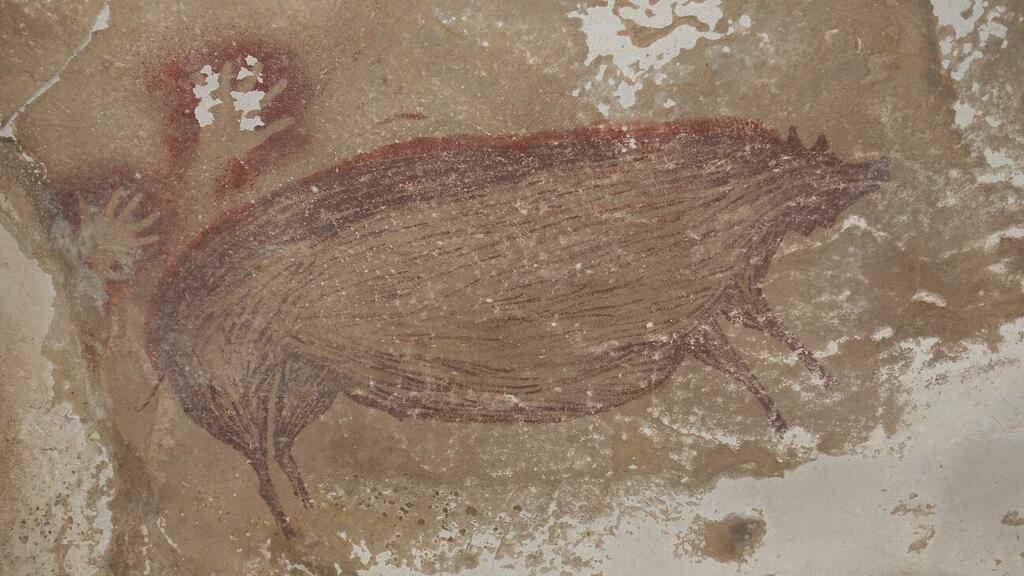Getting your Trinity Audio player ready...
Archaeological evidence from the Tanimbar Islands in Indonesia, dating back around 42,000 years, suggests advanced seafaring skills and maritime technology in early human migrations to the Sahul shelf (the combined landmass of Australia and New Guinea).
This discovery, published in the journal Quaternary Science Reviews, challenges the previous understanding of early human migration routes and suggests that the Tanimbar Islands were a hub for maritime activities and colonization of Sahul through successive waves of seafaring populations, promoting cultural exchange and adaptation.
The archaeological evidence includes fragments of pottery, bones, shells, and sea urchins, indicating early human occupation and maritime activities on the islands.
The discovery adds to the growing body of evidence that early humans were capable of long-distance maritime voyages and colonization of islands, challenging the traditional view of human migration being primarily terrestrial.
This article was written in collaboration with Generative AI news company Alchemiq
Sources: SciTechDaily, List23, Bernama, Xinhua, Sci.News, Mirage News, EurekAlert!, Phys.org.


